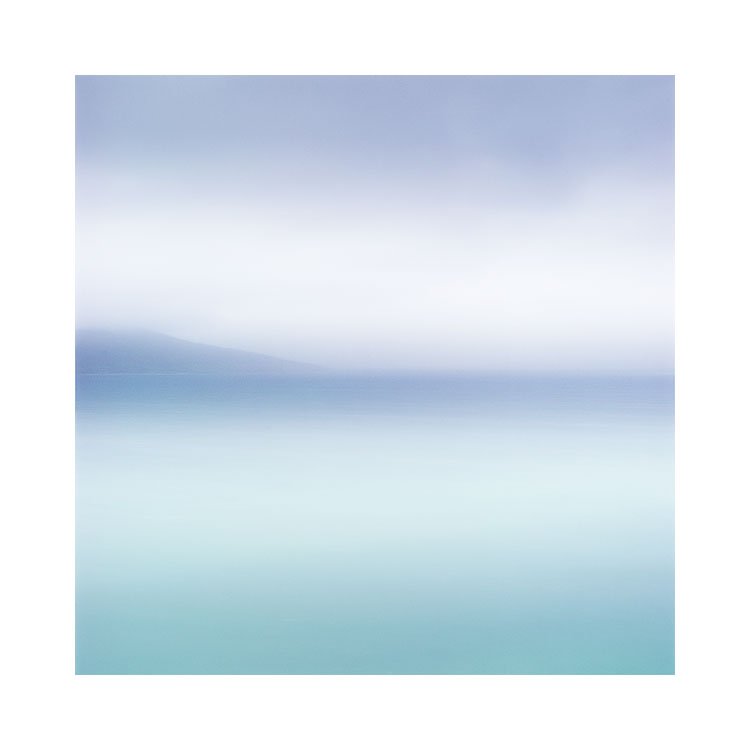It’s just so nice to photograph a new place. This past January I spent a week around Fuji San (this is the Japanese name for mount Fuji. San being a word of respect, much like “mr” or “mrs”).
The mountain is one of three sacred mountains in Japan, and there is reason to understand why so. It is a commanding presence when visible. But it is often hidden behind banks of clouds for days upon end. When it does appear, you feel as though you are with a great presence. It seems to have a commanding power over those who witness it.
The conditions this winter time were the best I could hope for. It is unusual to have it snowing around the mountain, or for snow to come so far south (Fuji San is just a few hours away from Tokyo). But Tokyo experienced some snow fall while I was visiting the mountain.
I always like to work in changeable weather conditions. Sunny days do not do it for me. They are one dimensional in terms of light and lacking in atmosphere. I much prefer inclement days, or what most might say are ‘bad weather days’. I had thought that by now, most landscape photographers would know that photographing in rain, or when it’s foggy or difficult can produce more interesting work but I still see comments from time to time about how bad and difficult the weather was in Scotland for instance, when I think this so called ‘bad weather’ is one of the benefits of visiting Scotland. You are often able to work in different atmospheres and qualities of light.
It is so easy to judge a place on one visit. To go home and think this is what it’s always like when you go in January. But I think this isn’t always the case with Fuji San. What is guaranteed however, is that the mountain will disappear for days on end. Planning to come and photograph should be taken with the view that you may not see the mountain at all.
As with all photographic endeavours: anticipation of a guaranteed outcome is never good. Come assuming you may not see the mountain at all, and take anything else that you are given as a bonus.





















